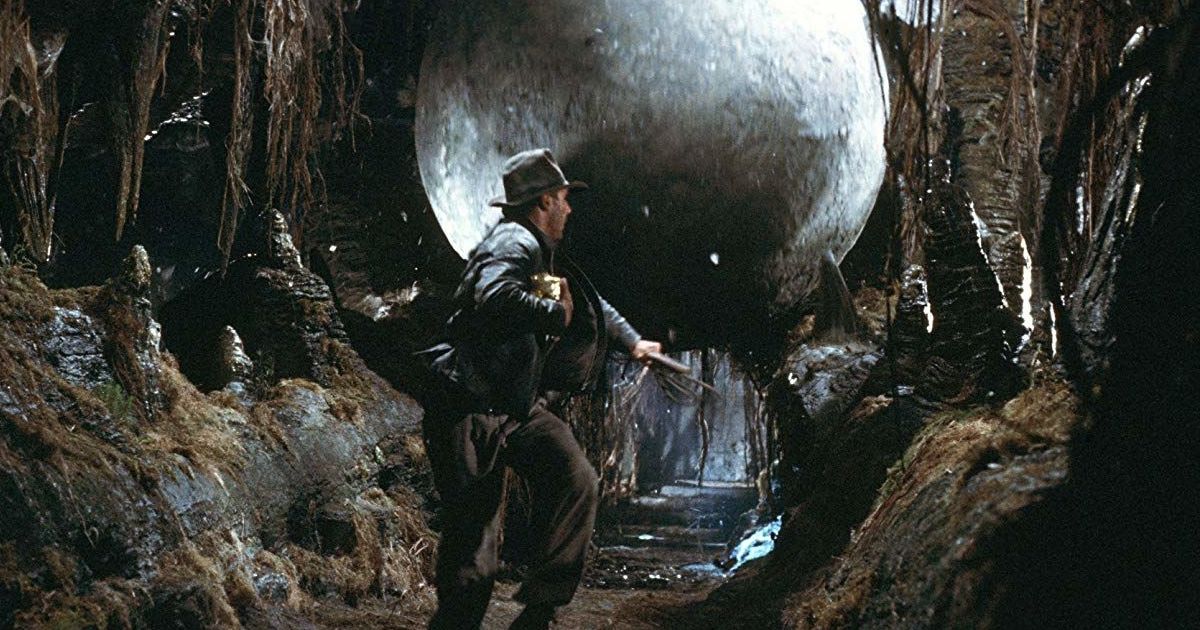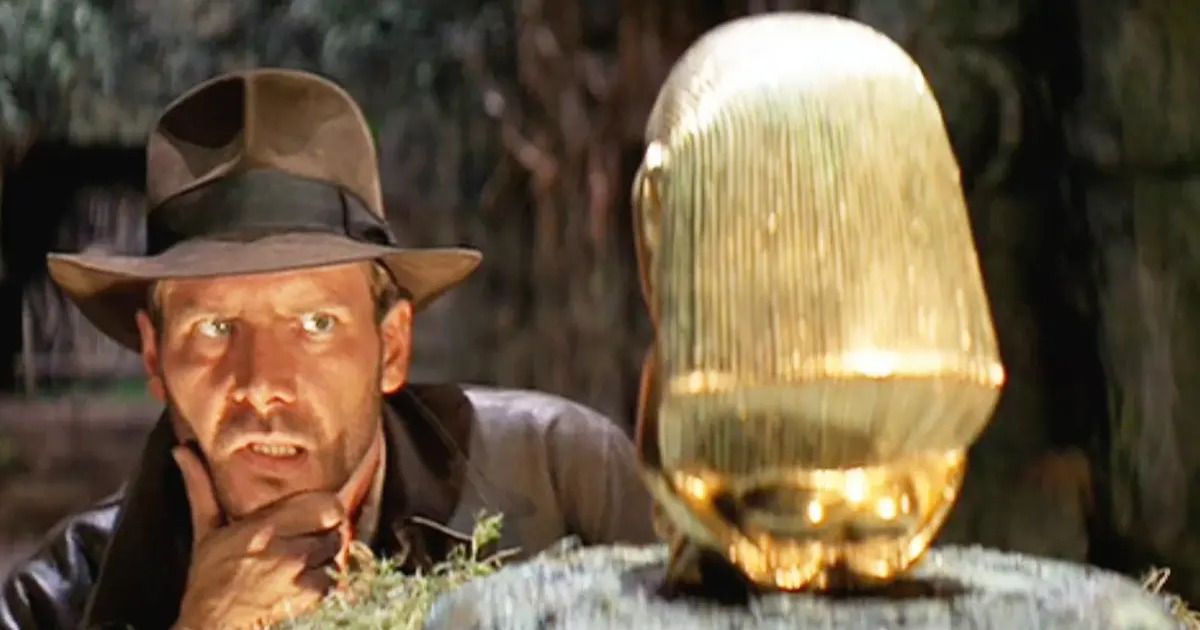This Indiana Jones Opening Scene Is Still the Best Action Sequence of All Time
Indiana Jones is a household name among any movie lover and for good reason. The eclectic characters, globe-trotting adventures, and pulpy fun have always ensured an infectiously enjoyable viewing experience.
However, maybe the single biggest factor that keeps people returning to these movies over and over again four decades later is the action sequences, which are expertly imagined and directed by Steven Spielberg.
When watching an Indiana Jones movie, part of the fun is not knowing what kind of obstacles you’re going to see Dr. Jones have to survive his way through; he could fight his way off a collapsing bridge to get to safe ground, brawl in a tank full of Nazis as it drives off a cliff, and yes, even survive a nuclear test by climbing in a fridge.
However, one action sequence stands heads and shoulders above the rest, and it was the iconic temple escape that introduced us to Dr. Jones in the first place. It’s simultaneously a thrilling sequence on its own terms while also establishing Indiana Jones as a character flawlessly and structuring the shocks and surprises along the way. Simply put, it set the gold standard for all good action storytelling that followed.
Establishing Indiana Jones As a Character
Good action sequences should never rely solely on how many things a director can have happening in the frame at once. Like all good storytelling, action should involve the audience, give them a reason to care about what’s happening, and make us empathize with the characters on screen. And the opening of Raiders of the Lost Ark passes all three of those tests, but especially the last one, with flying colors.
This sequence perfectly sets the stage for the rest of the film because it tells us everything we need to know about Indy as a character, how he thinks, how he gets in over his head, and how he always barely survives. As he raids the temple to steal a golden idol, he’s faced with increasingly difficult obstacles that keep him from his goal, and each of these obstacles tells us a little bit more about him as a character.
A porter pulls a gun on him, but Indy uses a whip to disarm him before he can shoot, and this tells us that he’s quick-thinking in responding to danger. As he enters the temple, he senses traps and carefully triggers them one by one, so we can infer that Indy is incredibly intelligent and cautious.
In stealing the idol and accidentally setting off the trap, we see that Indy, as cautious as he is, is still prone to error. And when the rolling boulder is released, and he flees, all of these traits manifest into a whole, and we as an audience can understand that Indiana Jones is a smart, cautious, quick-thinking individual who still only barely manages to make it out alive.
This is what has always made Indiana so appealing as a character; he’s not an invincible action hero you’d see from the likes of Arnold Schwarzenegger. He’s vulnerable and relies on brain over brawn to conquer his obstacles. This humanity is the reason he’s endured as an action icon for so long, and it’s all clearly established in this one action sequence.
Storytelling Through Action
The other key that separates serviceable action sequences from great ones comes from their direction. Ideally, an action sequence should be structured and focused as its own mini story, emphasizing objectives, plot beats, setup and payoff, and reversals of fortune. And Spielberg’s direction of the Raiders opening is a masterclass in executing this flawlessly.
Indiana Jones’ main objective in this sequence is to find the idol in the temple and, later, to escape from the traps and get out alive. Each of the individual traps Indy encounters on his way functions as a beat in this larger goal, gradually building the tension and increasing the risks until he finally reaches the idol.
The traps get increasingly deadly as he gets closer to the idol; we start with the light in the ceiling that sets off the spikes, continue to the chasm Indy has to use his whip to swing across, and conclude with the floor traps that fire arrows when triggered.
And when Indy grabs the idol, there’s a brief pause letting the audience breathe–he did it! But then Spielberg gives us a classic reversal of fortunes, and the temple starts to collapse while his backstabbing partner leaves him to die.
Indy’s new objective is to escape with his life, fighting back across the floor, the arrows, the chasm, and the spikes. This is a perfect example of setup and payoff, as every single trap Spielberg set up at the start pays off in some way.
All of this allows the temple escape to function as its own…
Read More: This Indiana Jones Opening Scene Is Still the Best Action Sequence of All Time



